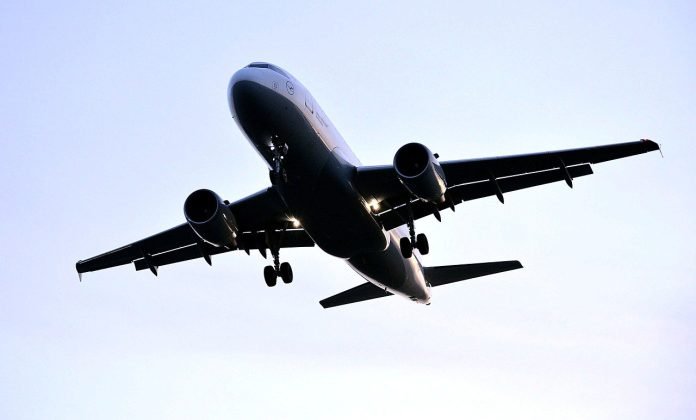
New research conducted by scientists at the University of Reading reveals an exciting opportunity for airlines to reduce fuel consumption and minimize emissions on transatlantic flights.
By taking advantage of the strong winds known as jet streams, commercial flights between New York and London could have potentially saved up to 16% of fuel last winter.
This could offer a more immediate and cost-effective solution for the aviation industry to combat climate change compared to relying solely on technological advancements.
The findings of the study highlight the importance of optimizing flight paths to reduce fuel burn and pollution, contributing to a greener future for air travel.
Imagine a future where airplanes fly smarter, saving fuel and reducing their impact on the environment. Recent research from the University of Reading has uncovered an exciting opportunity for airlines to achieve just that.
By hitching a better ride on the fast-moving winds high in the sky, known as jet streams, transatlantic flights could significantly cut their fuel consumption and emissions.
In a study analyzing thousands of flights between New York and London during the winter season, researchers discovered that if airlines made better use of these powerful winds, they could have saved up to 16% of the fuel they burned.
This translates to a substantial reduction of approximately 6.7 million kilograms of carbon dioxide emissions over the winter period. To put it into perspective, this is equivalent to the weight of around 900 elephants!
Current flight paths typically prioritize factors like cost efficiency rather than minimizing fuel burn and pollution.
However, with the advent of new satellites that allow for more accurate tracking and safe distance management, airlines will soon have the opportunity to be more flexible in their flight paths. By tailoring routes to follow favorable tailwinds and avoid headwinds, airplanes can maximize their efficiency and minimize their environmental impact.
Cathie Wells, a Ph.D. researcher in mathematics at the University of Reading and the lead author of the study, emphasized that current flight paths contribute to higher fuel consumption and carbon dioxide emissions than necessary.
However, the good news is that simple adjustments to flight paths can bring about immediate benefits, both economically and environmentally.
While transitioning to more efficient aircraft, alternative fuels like biofuels, or even electric batteries can significantly reduce emissions, these changes come with a hefty price tag and may take decades to implement.
On the other hand, optimizing flight paths is a cost-effective solution that can deliver immediate results. This is crucial because urgent action is needed to combat climate change by reducing emissions from aviation.
The aviation sector is responsible for approximately 2.4% of human-caused carbon emissions, and this number continues to grow.
To address this challenge, the International Civil Aviation Organization (ICAO) and countries worldwide are developing policies to improve the fuel efficiency of international flights or offset emissions. However, these measures often rely on expensive technological advancements, making progress slow.
The impact of climate change on air travel is undeniable. Previous research conducted at the University of Reading has revealed that unless emissions are reduced, flights will encounter two or three times more severe clear-air turbulence.
Therefore, it becomes increasingly important to explore sustainable solutions for the aviation industry.
In conclusion, the potential for airlines to save fuel and reduce emissions by leveraging jet streams presents a promising step towards a greener future for air travel.
By optimizing flight paths to make better use of these fast-moving winds, transatlantic flights can significantly cut fuel consumption and carbon dioxide emissions.
This cost-effective solution offers immediate benefits and complements other efforts to combat climate change. As we look ahead, the harnessing of jet streams may pave the way for a more sustainable and environmentally friendly aviation industry.



